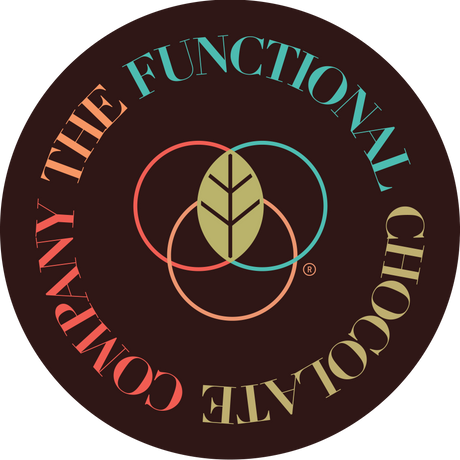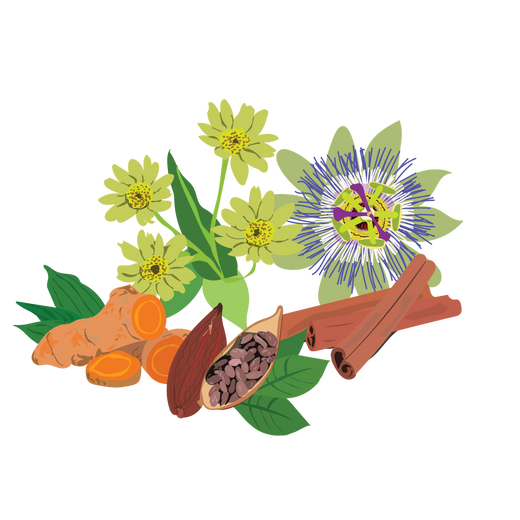

Jump Into Pain Awareness Month With These Pain Relief Tips
Let's face it. No one enjoys being in pain, but we all experience it at one point or another. From occasional aches and pains to more problematic chronic symptoms, pain can put a damper on enjoying our day-to-day lives.
September is Pain Awareness Month, which means more attention and education is being brought to light around the causes and treatments of pain. While everyone has a unique pain management plan that works for them, many wonder if there are alternatives to treating pain beyond over-the-counter drugs like acetaminophen.
If you have mild to moderate pain and would like to learn more about some holistic remedies, this article discusses some of the leading causes of pain and several known practices that have helped reduce pain in others.
What Are the Leading Causes of Pain?
The pain we experience is a signal our body sends to the brain that something hurts. Because everybody is different, we feel pain in many different ways. It can range from barely detectable discomfort to agonizing torture and every shade in between.
Some of the most common causes of mild to moderate pain include the following:
- Tired/strained muscles
- Headache
- Bruises, scrapes, and burns
- Broken bones
- Toothaches
- Cramps
More severe causes of pain, such as fibromyalgia and cancer, must be addressed with a medical professional to ensure you follow the best pain management method.
Can Pain Be Treated Without Drugs?
Many people choose to treat mild to moderate pain with holistic measures. Depending on what you discuss with your health practitioner, you may get by treating your pain holistically without needing medication.
Along with the convenience of not having to remember to take a pill every day, people who opt to use natural pain management also enjoy not having to worry about the side effects caused by some medications. They may also discover added health benefits beyond pain reduction, such as stress relief, better sleep, and less inflammation.
The following tips include natural approaches to pain management that have worked for many individuals over time.
Holistic Pain Relief Tips
Move and Stretch
Regular exercise is a great way to fight inflammation and improve mobility – two prominent pain culprits. Improved blood flow makes your body more primed to fight off unsavory symptoms like pain and fatigue. You don’t have to run to the nearest CrossFit gym to start enjoying the benefits, though. Yoga and walking are low-impact exercises that can help ease the effects of pain.
You should also incorporate stretching into your routine. After working your muscles, stretching can prevent muscle pain and improve mobility to avoid injury.
Botanicals for Pain
Cultures have used botanicals throughout history to treat many health issues, from low libido to chronic pain. These herbs have been used to treat pain and inflammation.
White Willow Bark - This herb contains salicin, a compound with aspirin-like effects. It also contains polyphenols and flavonoids, which are also known to reduce inflammation. Used for centuries to treat pain and inflammation, it is believed that white willow bark is effective in treating head and muscle aches.
Turmeric - This well-known spice contains curcumin, a compound that reduces pain by acting on the nervous system.
Boswellia - This botanical is found in the resin of a frankincense tree. It has been used to treat joint and muscle pain and is used to create cosmetics, soaps, and food products.
Arnica - Part of the sunflower family, the active chemicals in this herb have been used to treat swelling and pain and are also known to have antibiotic properties. Arnica treats bruises, swelling, sprains, and insect bites topically.
Hot and Cold
Chances are your caregivers used this method on you as a child, and you continue to use it today. That’s because it works!
Hot and cold treatments are a great way to reduce swelling and pain and help with mobility. This method works by decreasing blood flow (cold) and then increasing it (hot). The double effect is that the cold reduces inflammation while the heat increases blood flow and relaxes muscles. It is easy to make your own compresses at home, or you can alternate between hot and cold water at a spa or hot springs.
Enjoy Some Music
It doesn’t just fight stress and help plants grow. Music reduces the effects of chronic pain. While classical music is very effective, listening to any genre can help distract you from pain as you recover from surgery.
Massage Therapy
Working with a licensed massage therapist will do more than promote relaxation. Massage therapy can help relax sore muscles, joints, and tendons and stimulate nerve fibers to reduce the pain messages sent to your brain.
Nibble on Dark Chocolate
Dark chocolate contains inflammation-fighting phytochemicals like flavonols and methylxanthines. In fact, studies have found that the properties of dark chocolate may be an effective treatment for pain and inflammation, similar to aspirin.
If you are tired of fighting pain the traditional way, or you want alternative ideas to keep in your back pocket for when the pain kicks in, these holistic options are a great place to start for your mild to moderate symptoms, in addition to working with your health practitioner.
Want to discover a delicious way to fight pain and other health realities?
Click here for a complete list of Functional Chocolate bars.

